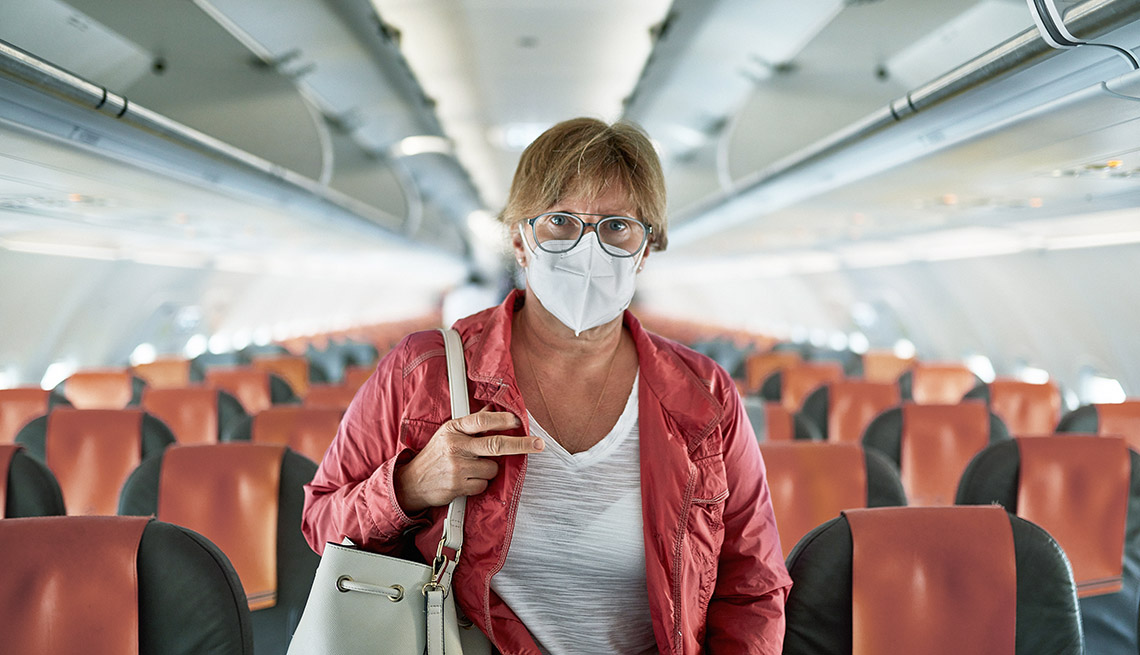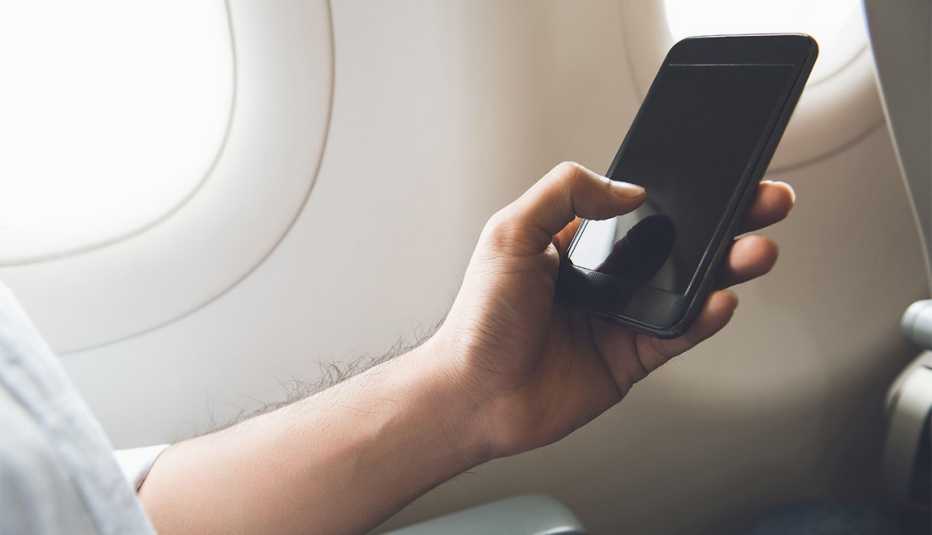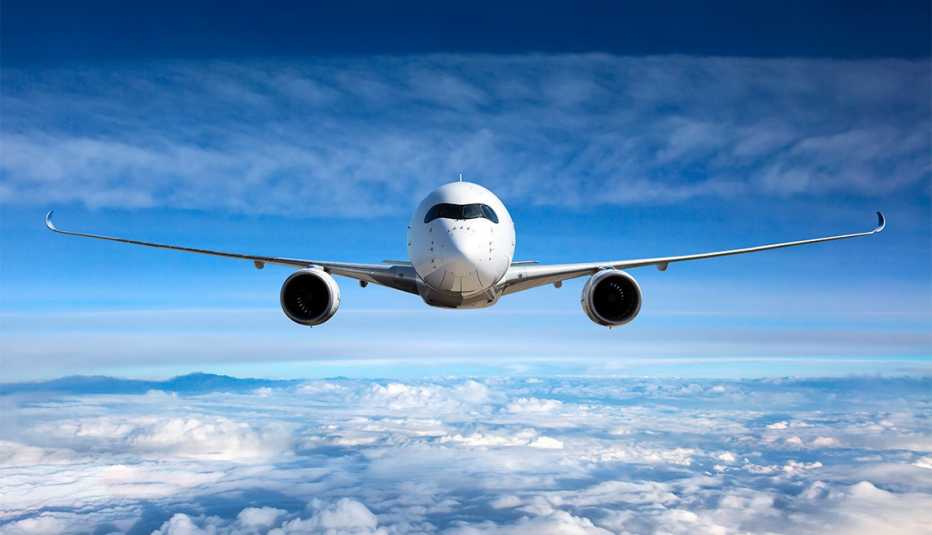AARP Hearing Center
Kim Painter,
| Right after she became fully vaccinated for COVID-19, last February, writer Molly Jong-Fast took her first flight since March 2020. She brought along her therapist, just in case.
Jong-Fast, 42, of New York City, is a lifelong fearful flier who learned to cope years ago, she says, by facing her anxieties and flying frequently. But that 11-month gap had her worried that her anxieties might once again spiral out of control.
Many fliers are feeling the same way, therapists say, as COVID-19 continues to spread. It doesn't help, they add, that travelers are taking their seats at a time when unruly passengers are much in the news, sometimes due to conflict over mask wearing onboard (required by law).
A return to the skies is especially fraught for those who were already afraid to fly.
“People who were fearful of flying before [the pandemic] are finding their fears are more intense,” says Martin Seif, a psychologist specializing in anxiety disorders who practices in New York City and Greenwich, Connecticut. Some of them "haven't done it in a while," he adds, "and when you haven't done something in a while, your imagination takes over.”
Seif and other therapists say they tell fearful flyers that every flight they take can make the next flight easier. “The single most important criteria for determining how comfortable we are doing something is how often we do it,” he notes.
Just what people are nervous about varies quite a bit, therapists say. “We commonly think of the fear of flying being about fear of dying in a plane crash,” but that's just one variation, says psychologist Reid Wilson, director of the Anxiety Disorders Treatment Center in Chapel Hill, North Carolina. People who dread air travel may fear heights, crowds, closed-in spaces or being away from home. Or they may dread the specific sensations of taking off, landing or turbulence, or the idea of flying over water, he says.
Many fearful flyers, therapists say, have a broader panic disorder and are most afraid of having a panic attack on a plane. They fear symptoms, such as a pounding heart, a churning stomach and an overwhelming sense of doom. And they fear embarrassing themselves by losing control in public.




































































